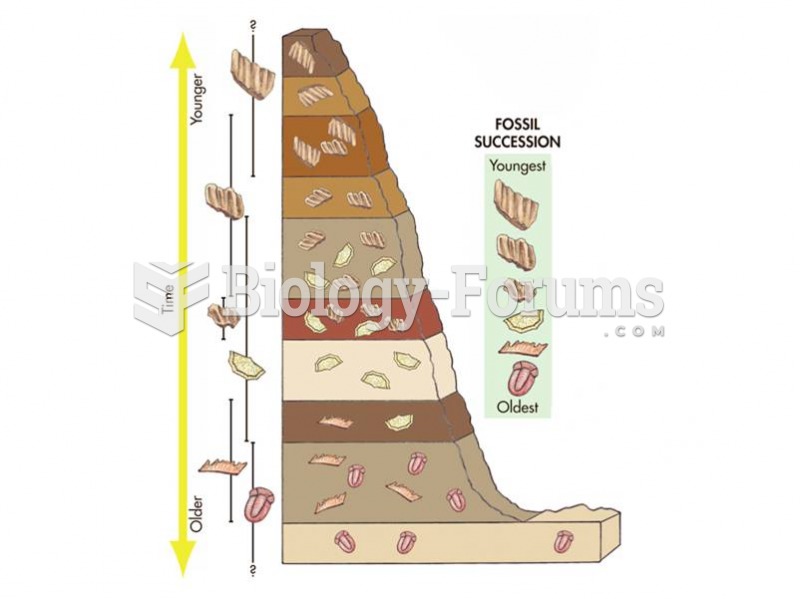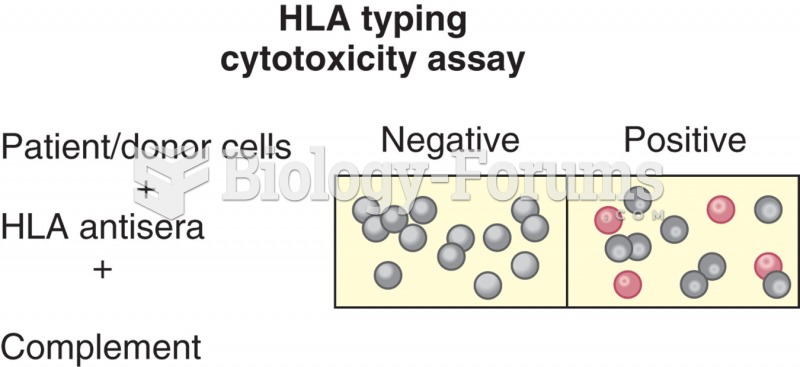Answer to Question 1
The hedging principle, or principle of self-liquidating debt, involves matching the cash-flow-generating
characteristics of an asset with the maturity of the source of financing used to fund its acquisition.
For example, a seasonal expansion in inventories, according to the hedging principle, should be financed with a
short-term loan or current liability. The funds are needed for a limited period, and when that time has passed, the cash
needed to repay the loan will be generated by the sale of the extra inventory items.
Obtaining the needed funds from a long-term source (longer than 1 year) would mean that the firm would still have
the funds after the inventories they helped finance had been sold. In this case the firm would have excess liquidity,
which it would either hold in cash or invest in low-yield marketable securities until the seasonal increase in
inventories occurs again and the funds are needed. The result of all this would be lower profits.
Answer to Question 2
a. Initial Outlay = 1,500,000 + 20,000 = 1,520,000
Incremental Free Cash Flows:
Year 1 Year 2 Year 3 Year 4 Year 5
EBIT 600,000 700,000 550,000 200,000 100,000
Less Taxes (40) 240,000 280,000 220,000 80,000 40,000
Plus Depreciation 300,000 300,000 300,000 300,000 300,000
Operating Cash Flow 660,000 720,000 630,000 420,000 360,000
Free Cash Flow 660,000 720,000 630,000 420,000 360,000
Salvage Value 100,000
Minus Tax on Gain -40,000
Plus Recovery of
Working Capital
20,000
Terminal Cash Flow 80,000
Total Final Year Cash
Flow 440,000
b. NPV = 273,956 and the project is acceptable since the NPV is positive.
IRR = 28.73 and the project is acceptable since the IRR exceeds the required return.







